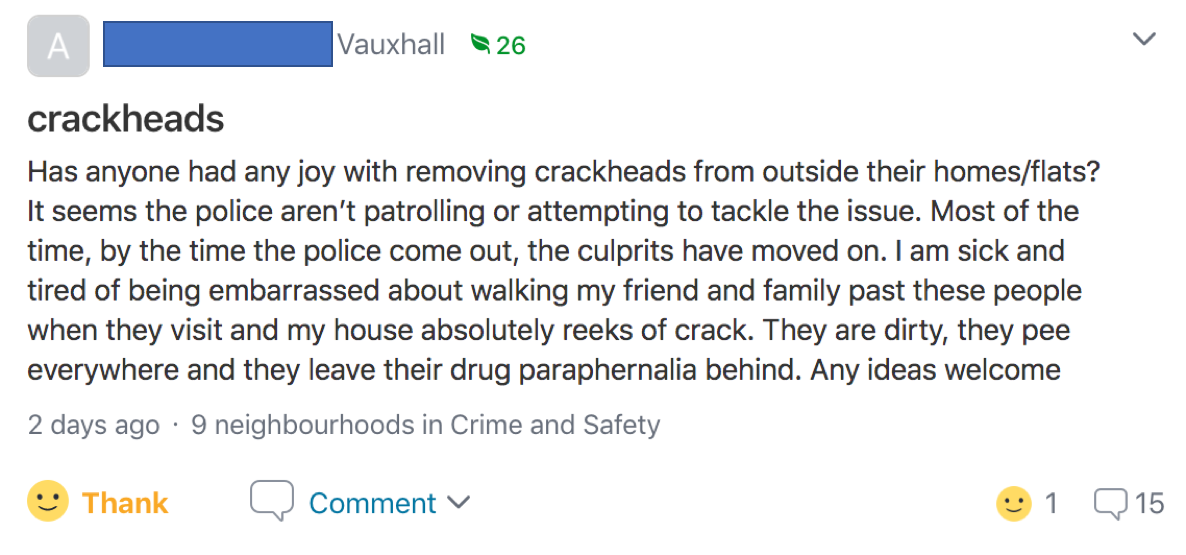Nextdoor: Won’t You Be My Neighbour?
October 1, 2020
An introduction to the best distribution channel you’ve never heard of.
In this time of Tiktok, OnlyFans, and the end of the world, more things are competing for people’s attention than ever before.
For marketers, the biggest problem is convincing a would-be buyer why they should spend more than an instant considering your product.
There are millions of different consumers out there online. Before you even think about holding their attention, you need to work out where they spend their time.
There is a conventional way to do this. Everyone uses the big platforms: Google, Facebook, Instagram, and (to a lesser extent) Twitter and Snapchat. You can work out what your audience look for, and pay top dollar for ads on those searches. Or determine their demographics, put them into Facebook’s black box, and watch your marketing budget pour down the drain, drip by drip.
This works, provided you have stacks of cash. They say “CAC is the new rent” for good reason. This approach is like buying a lease on the corner of a popular plaza. Yes, you’ll get lots of eyes-on your storefront, but those pupils are pricey. And more importantly, do the owners of those eyes even trust what they’re seeing?
An alternative
Last year I discovered another approach which doesn’t break the bank. It’s effective for reaching geographically concentrated, middle-income households. The kind of people you might otherwise reach with Facebook ads in a lookalike audience. I personally used it to scale my education business, and I helped a friend sell many thousands of dollars of compost (yes, really) in the middle of lockdown.
It relies on a secret weapon. The secret social network you’ve never heard of. Nextdoor.
Nextdoor is a social network for neighbours. To register an account, you have to verify your address. Though it has over 27m monthly active users, you only get to interact with the ones in your neighbourhood, or in those immediately adjacent to you. In my home neighbourhood of Kings Cross, that equates to only 8,000 users.
With its small size and geographical closeness, Nextdoor has brought the townhall and the church message board into the social media age. The conversations on the platform reflect this. The median post (at least, in Kings Cross) is a complaint about lack of council funding, or asking for recommendations for a good tax accountant.

A classic bit of Nextdoor banter.
The ability to see where users live, and the mandatory address verification acts as a great selection mechanism. You can be (almost) sure every user is a real neighbour. This proxies in trust. And it makes for great marketing.
I like my distribution channels how I like my coffee: warm, and cheap.
Nextdoor is the warmest cold distribution channel I’ve ever used. If you’re targeting middle-class families, it’s a marketers dream. You’re not a malicious salesperson peddling shoddy wares, you’re a neighbour. And people trust their neighbours.
Nextdoor isn’t yet saturated with clickbait advertising, so its marketing engagement rates are through the roof. As long as you learn your audience’s attitudes (love: dogs, cleaners, restaurants; hate: housing developments, crackheads), verify your email address, and write passably good copy, you’ll get genuine responses from real, interested people.

This is certainly genuine. “Any ideas welcome”.
I can hear the naysayers now. “Trust is all well and good, but with only 8,000 users, Nextdoor sounds like a big time investment with low return.” And if you use only one account, you’d be right. But with some luck and savvy, you can make as many accounts as you fancy.
There are two ways to verify a Nextdoor account. You can either receive a code posted through your mailbox, or geolocate yourself with mobile location services. The latter is our golden ticket. If you disable location services and clear cookies on your device, you can travel around a city, setting up as many Nextdoor accounts as you have email addresses. Just like that, you can become everyone’s neighbour.
Over time, Nextdoor will probably introduce better advertising, and marketing engagement rates will go down. But it provides a fundamentally useful service to its users. There are a contingent of stay-at-home mums who spend hours on Nextdoor already, so as more neighbours join the site, usage is likely to increase.
An authentic set of Nextdoor accounts is a cheap asset for anyone marketing to middle-income families, with durable long-term value.
Won’t you be my neighbour?